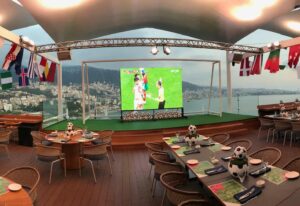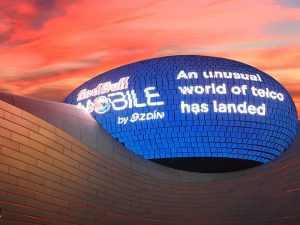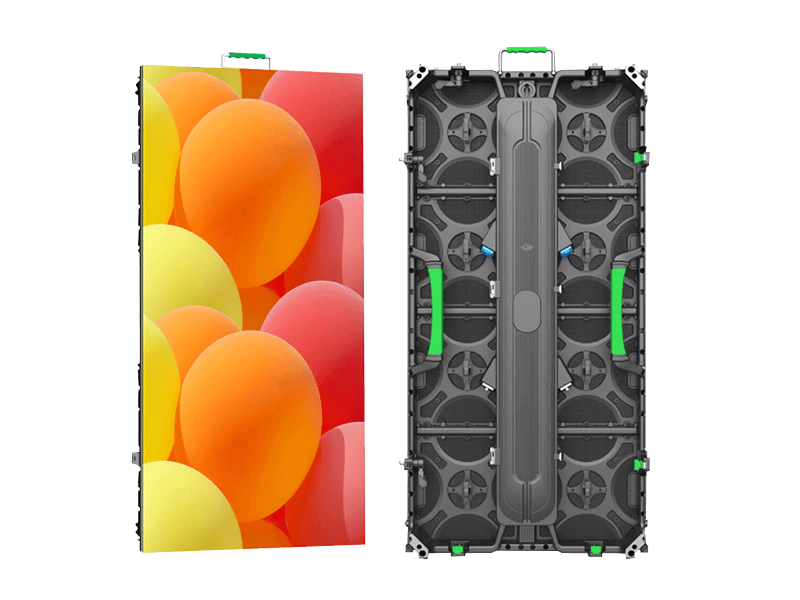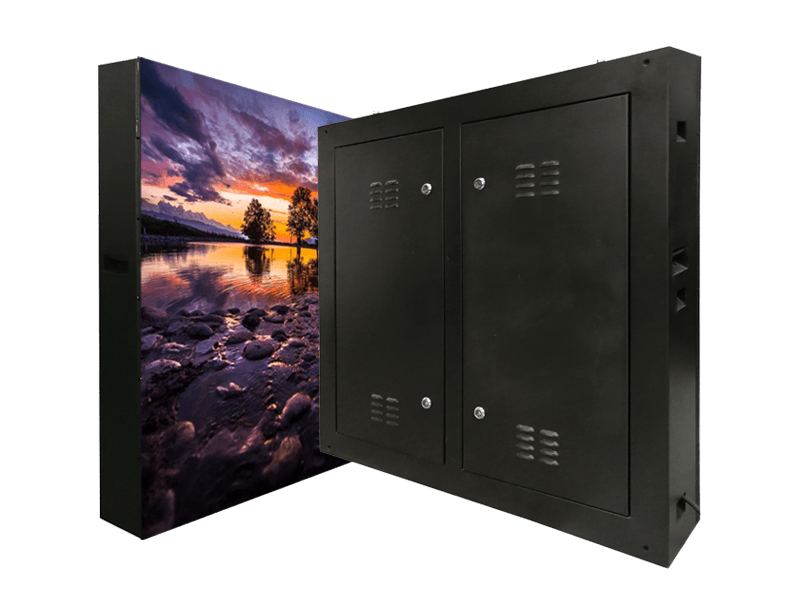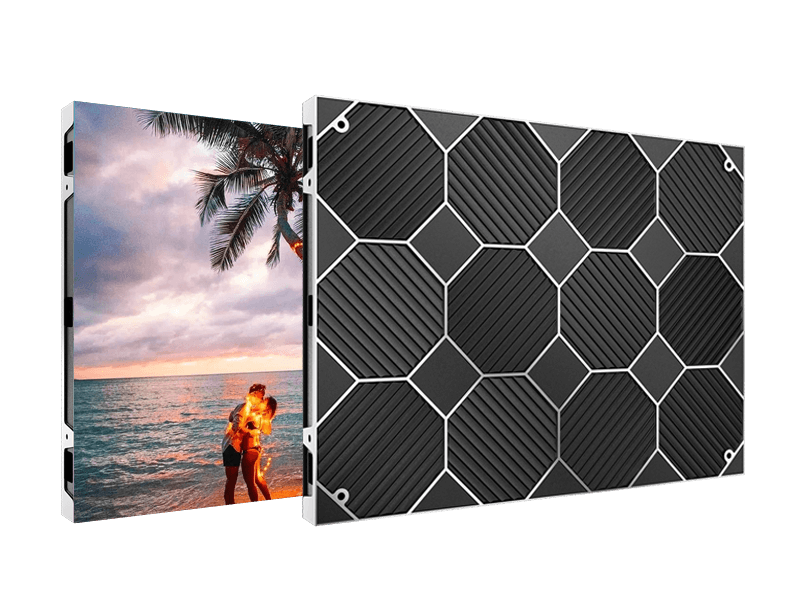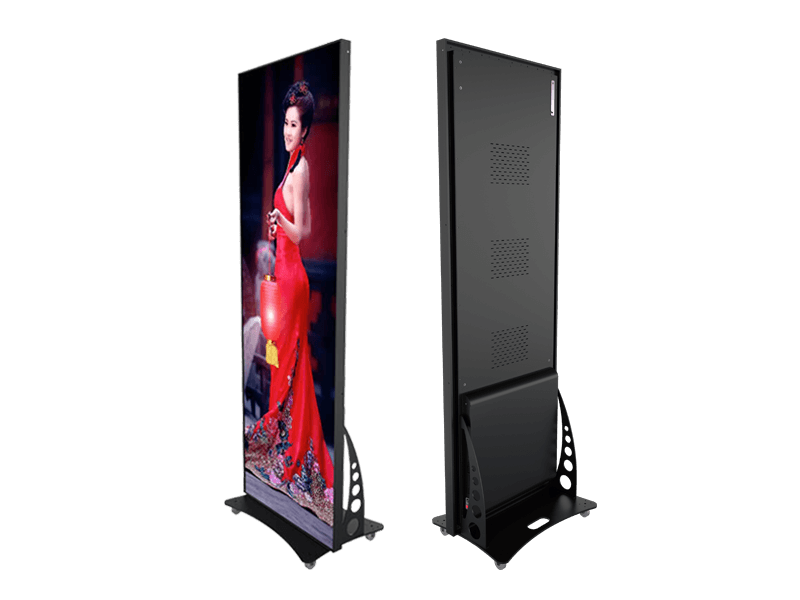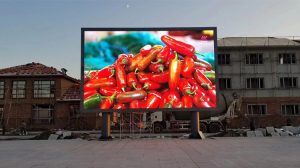
What to Consider When Purchasing an LED Display?
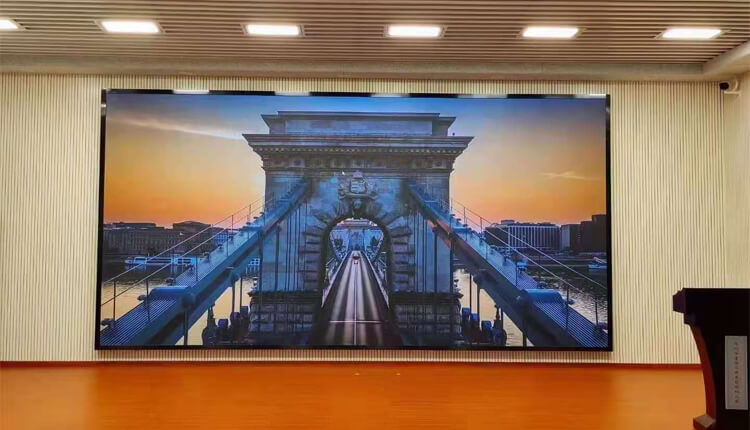
What to Consider When Purchasing an LED Display?
In recent years, LED displays have been increasingly widely used, primarily in outdoor advertising, indoor advertising, events, concerts, mobile advertising on vehicles, and more. Generally, LED displays are categorized into outdoor LED displays and indoor LED displays.

So, what should we consider when purchasing an LED display?
First and foremost, we need to keep a key principle in mind: the most suitable is the best choice, not necessarily the most expensive or the cheapest. By “suitable,” we mean it should meet your usage needs, installation environment, appropriate performance, and manageable financial budget. Let’s discuss how to choose an LED display based on these four aspects.
1. Define Your Purpose
First, you need to clearly define the purpose of your LED display. Is it for playing advertisements to generate revenue, presenting PowerPoint slides in meetings, serving as a stage or broadcast background, or renting it out to earn rental income? Communicate these purposes to your LED display manufacturer or contractor, and they will recommend the appropriate LED display for you.
2. Consider the Installation Environment
Second, is your installation environment indoors or outdoors? Is it a ground installation or wall-mounted? There are significant differences between outdoor LED displays and indoor LED displays in terms of protection levels, brightness, and pixel density. You should also consider how large the LED display should be for the specific location.
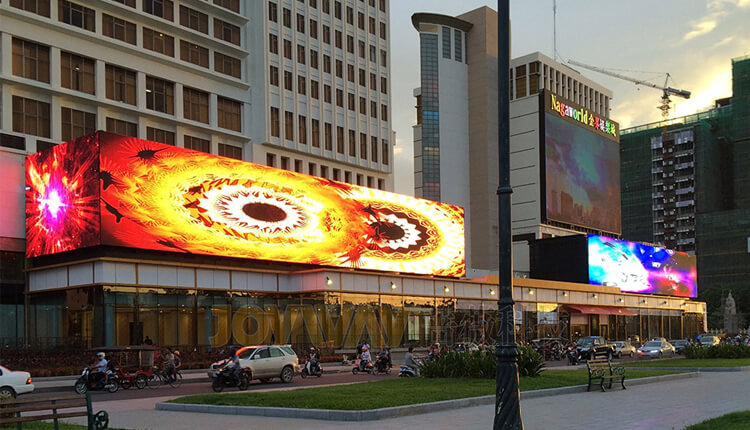
3. Assess LED Display Performance
Third, evaluate whether the LED display’s specifications meet your requirements. Key parameters include pixel pitch, resolution, refresh rate, brightness, protection level, power consumption, and the quality of the materials used.
– Pixel Pitch: This refers to the distance between two adjacent pixels (LEDs). The smaller the pitch, the higher the clarity. Current options range from P0.6 to P10.
– Resolution: This depends on the pixel pitch and the size of the LED display. Once these two parameters are set, the resolution is determined.
– Refresh Rate: This determines the flickering effect of the LED display. A higher refresh rate results in a more stable image and a more comfortable viewing experience, without scan lines when filmed. Typically, a rate below 1920Hz is considered standard, above 3840Hz is high, and above 7680Hz is ultra-high. The required refresh rate depends on the application scenario. For example, a refresh rate of 1920Hz is sufficient for advertising displays, while stage, concert, and conference displays require at least 3840Hz. Naked-eye 3D displays need a minimum refresh rate of 3840Hz, and VR and immersive displays require more than 3840Hz. Virtual production (XR) demands a refresh rate of at least 7680Hz.
– Brightness: The brightness of the LED display must be suitable for the environment. It shouldn’t be too bright or too dim. For instance, outdoor LED displays should have a brightness of at least 5000 CD/m². If there is strong sunlight, even higher brightness may be needed. Indoor LED displays should have a brightness of 450-600 CD/m², as too much brightness can be glaring, causing visual fatigue or even eye damage.
– Protection Level: This refers to the display’s ability to resist water, dust, and weather conditions. Outdoor LED displays should at least reach an IP65 rating and must be moisture-proof, salt spray-resistant, UV-resistant, and lightning-proof.
– Power Consumption: Electricity costs are a significant part of the operating expenses for LED display projects, so this must be considered. If the budget allows, opt for energy-efficient LED displays.
– Materials Quality: The quality, lifespan, stability, and overall performance of an LED display largely depend on the materials used. Different brands of materials determine the quality of the LED display. These materials include LED lights (brands like NationStar, Kinglight, Hongsheng, Mulinsen), chips (brands like MBI, ICN, CHANGZHOU DEPU, and Fullcolor), PCB thickness, and cabinet material (iron or aluminum). SinghengLED insists on using high-end brands in the industry and provides the most cost-effective and competitive LED displays based on different customer needs. We understand that an LED display must bring you returns.
4. Financial Budget
Lastly, financial budget is a crucial consideration. The cost must be within your controllable and affordable range. Within this range, try to choose a high-performance LED display. Given the rapid advancement of LED display technology, it is wise to think ahead when purchasing an LED display to avoid your display becoming obsolete in just two years.
When purchasing an LED display, it is important to balance your needs, installation environment, performance requirements, and financial constraints to ensure you choose the most suitable option that will meet your goals and provide long-term value.
Copyright © 2024 Singheng Optoelectronics Co., Ltd.
Contact Us
We look forward to hearing from you! Please leave your email and contact information, and we will get back to you as soon as possible. Thank you!
Contact Info
- Singheng Optoelectronics Co., Ltd.
- +86 137 5108 4336
- WhatsApp : +86 137 5108 4336
- Wechat : 137 5108 4336
- [email protected]
- http://www.singhengled.com
- Building 15, Hongfa Industrial Zone, No. 91 Tangtou Avenue, Shiyan Sub-district, Bao'an District, Shenzhen, China

Products
- Rental LED Display
- Outdoor Fixed LED Display
- Indoor Fixed LED Display
- LED Poster Display
- Transparent LED Display
- Flexible LED Display
- All-in-One LED Conference Machine
- Stadium LED Display
- Floor LED Display
- LED Advertising Vehicle
- LED Cube
- LED Spherical Screen
- LED Module
Copyright © 2024 Singheng Optoelectronics Co., Ltd.




